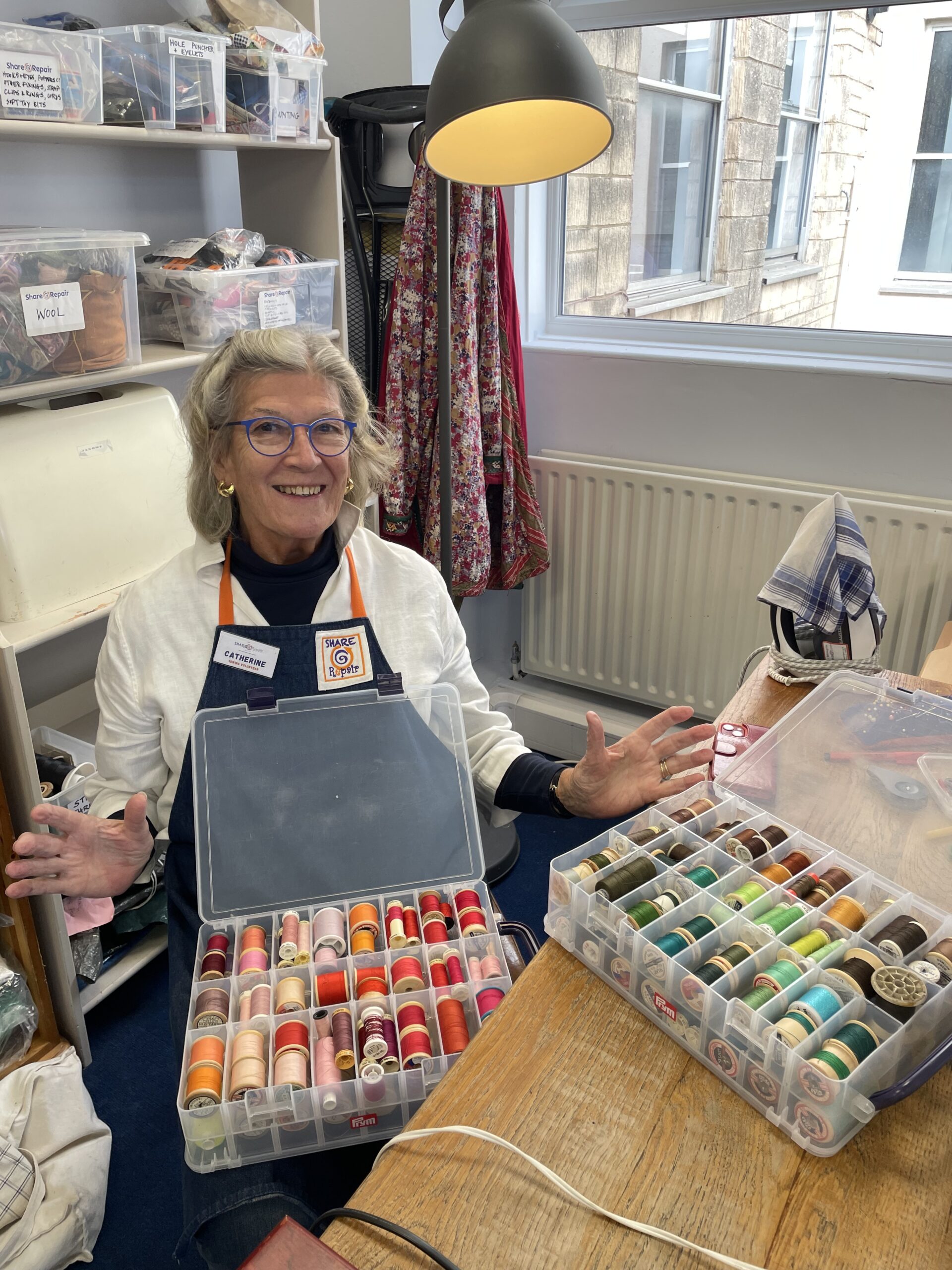Whenever I repair a lamp or a light-fitting for one of our customers the conversation invariably turns to the type of bulb they should purchase. Not so long ago the choices were straightforward, at least for a table or floor-standing lamp, and certainly for most ceiling mounted pendant fittings.
The filament (or incandescent) bulb has been around ever since homes were lit with electricity and the choice largely boiled down to 40 or 60 Watts (W), bayonet or screw and possibly, for the more discerning, clear or pearl glass.
However the drive to reduce energy consumption and the introduction of LED technology in particular, has made the process of choosing and purchasing a humble lightbulb a lot more complicated. Wandering along the lightbulb aisle in a DIY store or a supermarket reveals a bewildering array of product choice.
Conflicting technical specifications, the transition from the traditional measure of Watts to the unfamiliar unit of Lumens, and the wide variety of options for brightness, colour temperature, and lamp-base, all conspire to make it seem like a minefield. The confusion is compounded by marketing jargon, poor standardisation of specifications and the need to ensure compatibility with different light fixtures and dimmer controls.
I’ll try to make the process of choosing LED bulbs a bit easier with some simple pointers …
Brightness
Arguably the most important parameter for a bulb and ironically the most open to confusion with LED bulbs. Watts are no longer a useful measure for brightness, as LEDs consume far less energy than the traditional filament lamp. Instead, brightness is specified in Lumens (lm), the unit of measurement for light output.
Some manufacturers try to help by quoting a “Watt equivalent” figure but this is really only helpful when comparing different LED products.
My tip: consider these figures when choosing the Lumen rating: LED bulbs in the range 750-850 Lumens compare closely to the brightness of a traditional 60W filament bulb. LED bulbs in the 400-500 Lumens compare well to a 40W filament.
Colour
The colour of a filament lamp was always fairly constant and we perceived this as “warm”, good for mood lighting. In contrast, fluorescent tubes were perceived as “cold”, good for task lighting. Manufacturers have tried to reflect these perceptions by using labels such as “very warm”, “warm”, “neutral” and “cold” but this is often subjective and varies from one manufacturer to another.
A more objective and consistent approach is to have a simple appreciation of how light colour is specified as a temperature, using the Kelvin (K) scale. However bear in mind that the higher the temperature (and therefore the K number), the “cooler” the light is perceived by our eyes, which is rather counterintuitive!
My tip: use these comparisons when choosing colour temperature. LED bulbs in the range 2500-2700K have a similar warmth to a filament bulb. 3000K is close to the colour of a Halogen lamp and a temperature higher than 3000K will, for most of us, be perceived as cool. The temperature of a fluorescent tube is around 4000K and any lighting specified at 6000K will feel really cold.
Dimming
Despite advances in lighting technology and dimming controls, this is still a potential problem area and a work in progress within the lighting sector. Dimming of LED lights can be subject to uneven (non-linear) changes in brightness, flickering or simply a failure to respond. Even if dimming is successful, LEDs take on a flat, almost grey shade of light, as their brightness reduces under dimmer control. I confess that in my own home, in rooms where dimming is important, I still use incandescent bulbs as they dim effortlessly and maintain their warm “twinkle” factor regardless of brightness.
My tips: ensure LED bulbs you plan to dim are labelled as “dimmable” and select a good quality “trailing edge” dimmer control module. Check that the min and max wattage ratings of the dimmer and the total wattage of the bulb(s) being dimmed are compatible. Even then, prepare to be disappointed if you’re familiar with how well your previous filament bulbs and halogens dimmed!
Some final thoughts …
- Many high street retailers have not done well in helping us make the change to LEDs. IKEA however is the exception in my view; they have light boxes so you can try before you buy and their labelling is clearer than most.
- Reliability is still variable and there are many poor quality LED bulbs, particularly from online suppliers. I have installed lighting professionally and only use Osram or Philips products.
- Lamp bases and bulb shape may need to be considered for some light fittings. The most common bases are the bayonet (B22), the Edison Screw (E27), the small Edison Screw (E14) and, for spotlights and recessed downlighters, the GU10. There are many others, as well as numerous bulb shapes, and a handy guide can be found at: https://www.moonlightdesign.co.uk/blogs/blog/the-ultimate-light-bulb-buying-guide
Thank you to our volunteer Tim Whitemore for writing this article.




